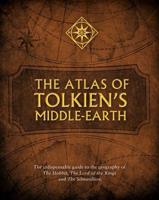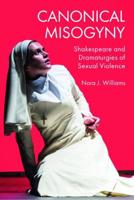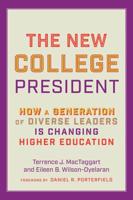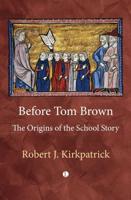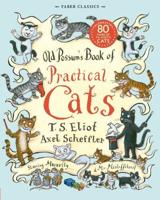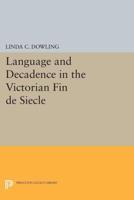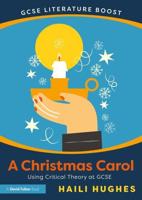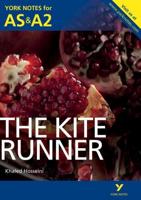Publisher's Synopsis
Half and half paper (dual designs) allows you to get creative. There are lots of reasons someone may want mixed paper styles on one sheet. Adults may like to plot designs, craft projects or solve engineering problems and write accompanying notes or draw sketches. Kids may like to solve a math problem and describe how they solved it (or even write a story about the problem!) The blank and lined papers can also be used as story paper for writing practice. Use your imagination to find functions for this paper in different niches. Wide Rule (also known as legal ruled paper) is the second most common lined paper in the US. The horizontal spacing is 11⁄32 in (8.7 mm). Trim sizes with a width over 6" include a margin ruled 1 1⁄4 inches (32 mm) from the left hand of the page. Smaller trim sizes do not include a margin. This is the standard for composition or writing books for elementary school kids. It can also be a good choice for the elderly, for people who have large handwriting and people with visual impairment. It is also a good choice for 'casual' writing notebooks for teens. Quad Rule graph paper, also known as 4x4 graph paper has four squares per inch, so each square measures .25" x .25" It is frequently used for math or science for younger children (teens and college age may use 5x5). Graph paper has many uses. Here are some possible ones: Design projects, mapping for board/video/roleplay games, designing floorplans, tiling or yard landscaping, playing pen and pencil games, planning embroidery, cross stitch or knitting. Some occupational therapists use squared paper for writing practice. Artists may use grids to copy pictures. Programmers, engineers and scientists may prefer graph paper for notes that involve formulas. Alternate names: Quadrille Paper, Coordinate paper, grid paper, squared paper or math paper

